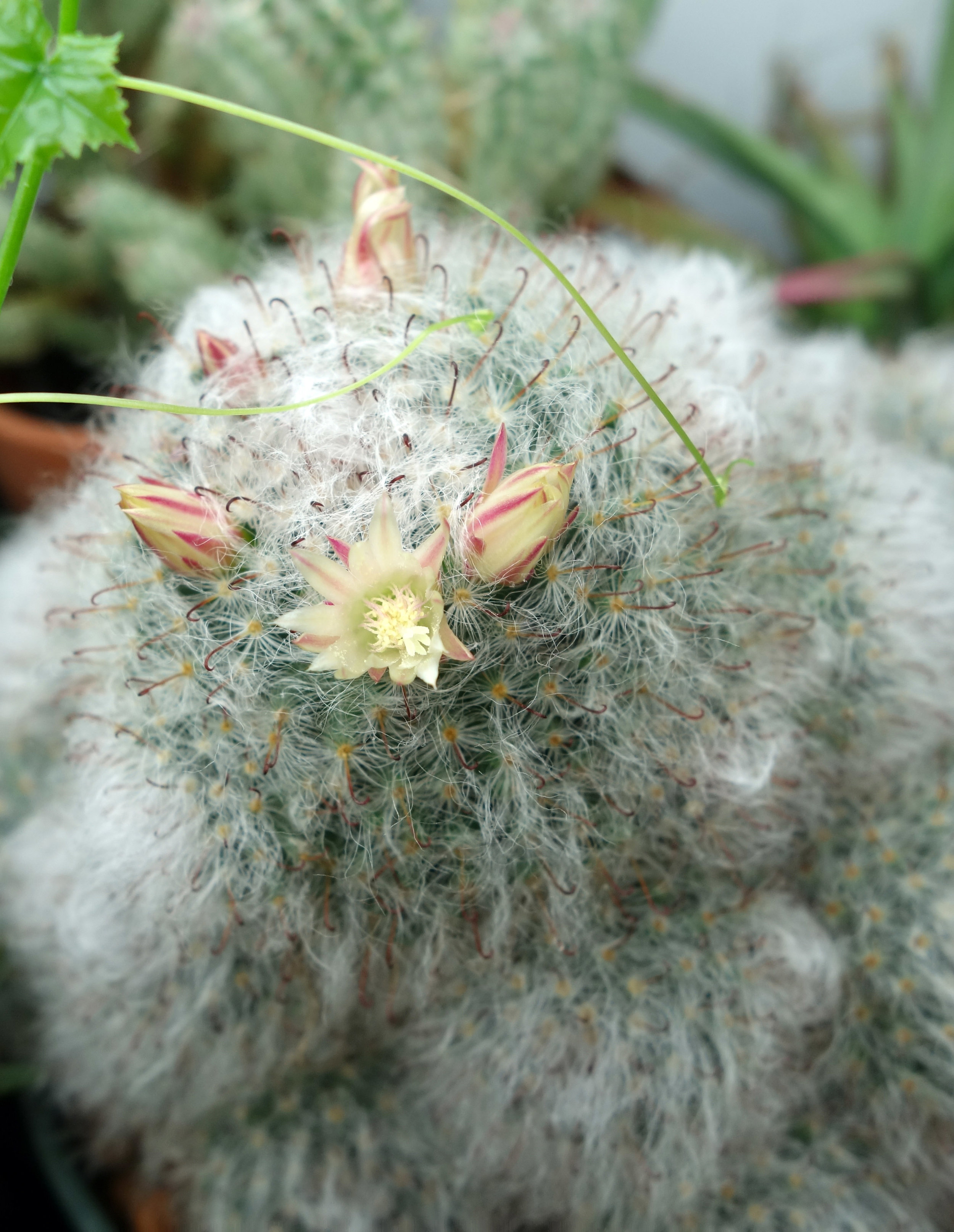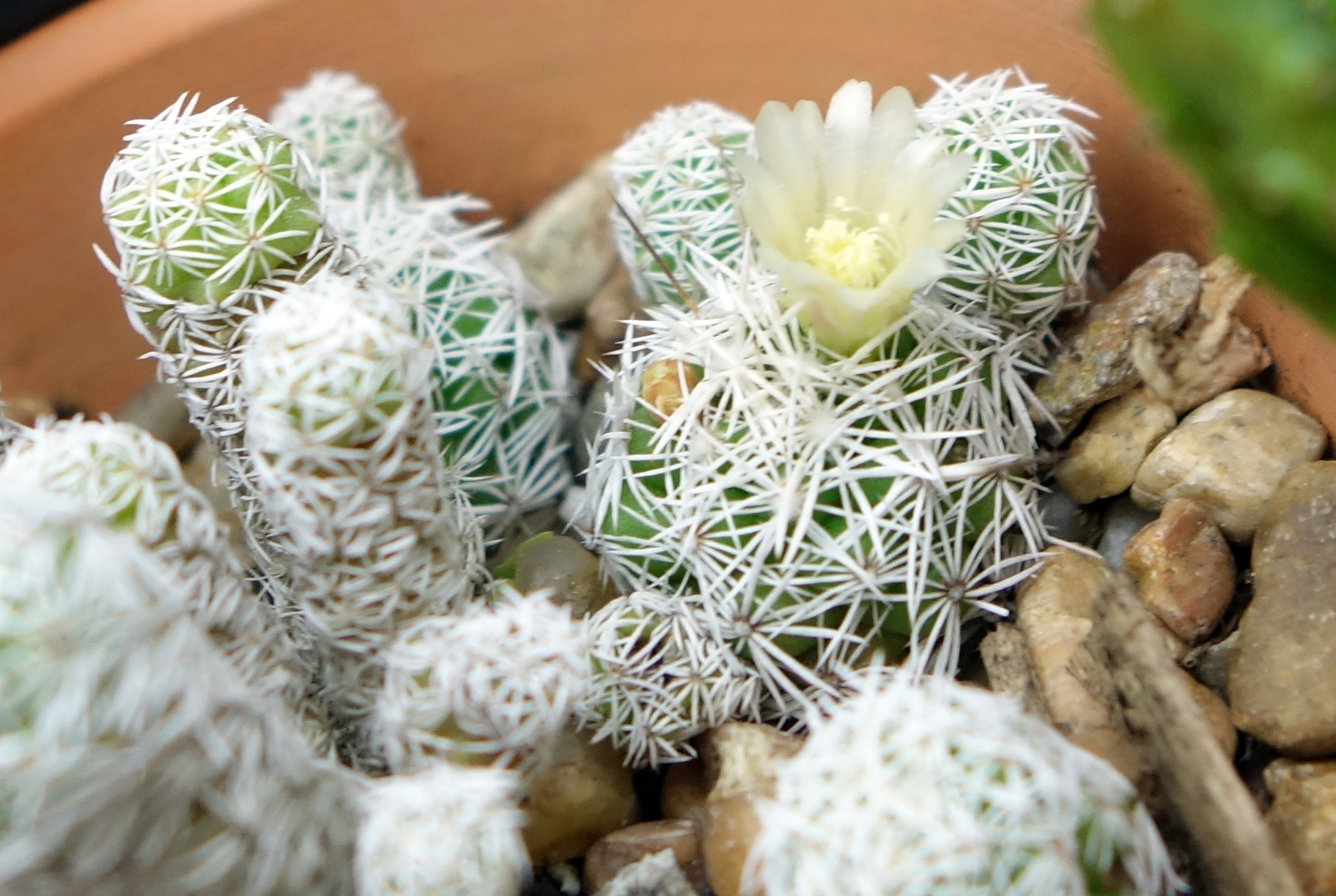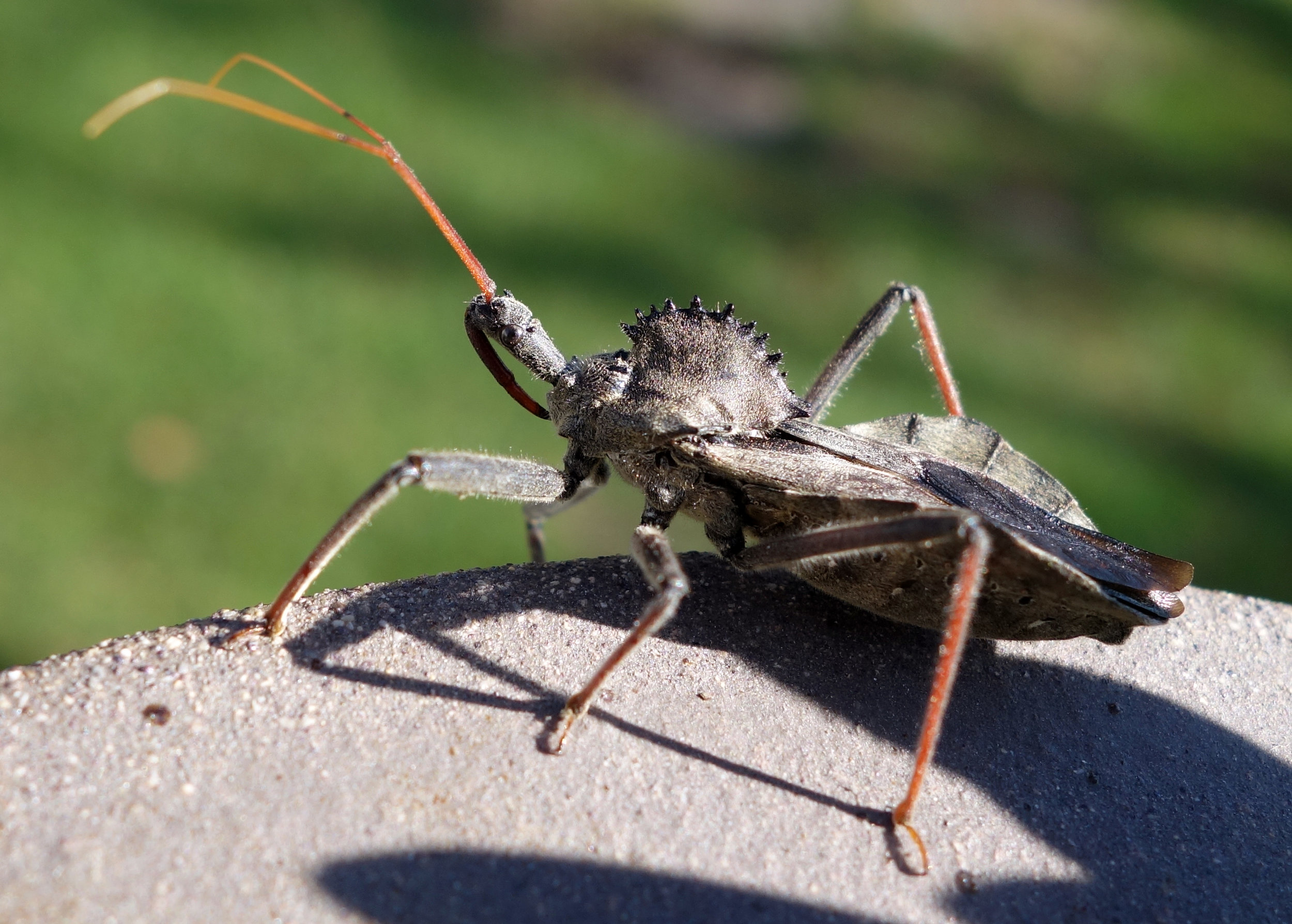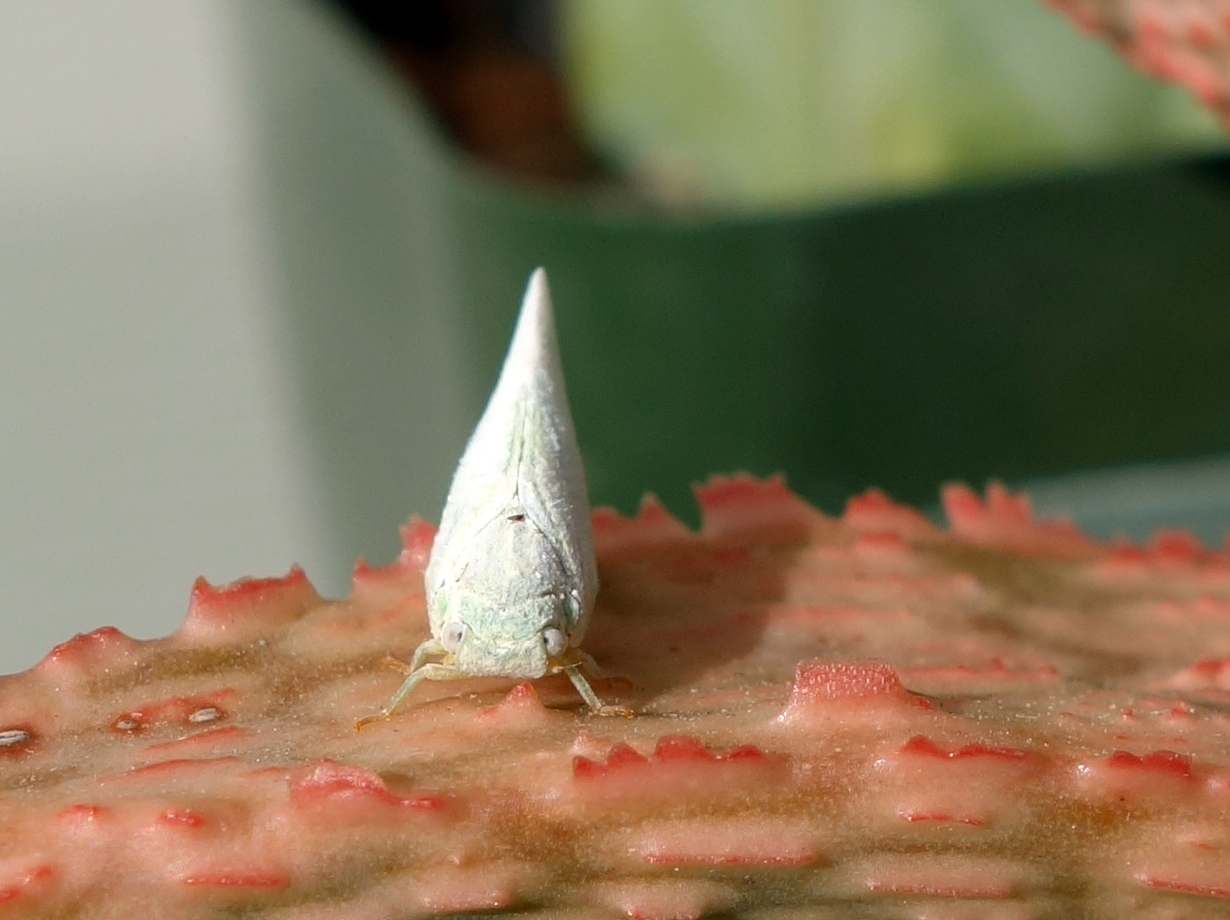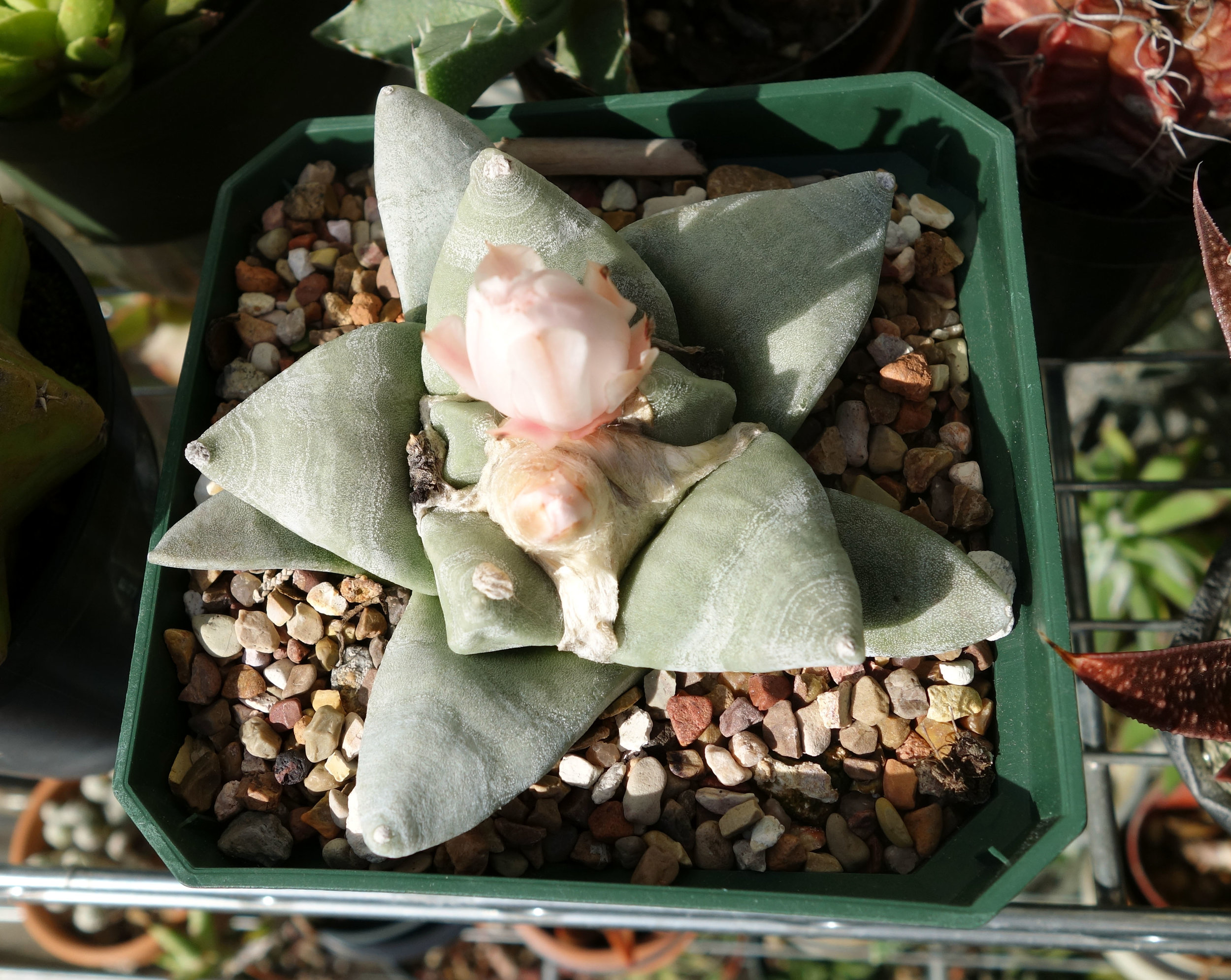I saw this photo while browsing Reddit a few days ago; it gives me a sort of odd comfort in metaphorically depicting that if we as humanity can just avoid completely taking the world out with us as we continue on towards our own extinction, the rest will soldier on just fine.
General Interest
The EPA Was Just Frozen by the New US Administration
The Environmental Protection Agency was just frozen, "temporarily halt[ing] all contracts, grants and interagency agreements." It's also been placed under a media blackout. I cannot emphasize enough how problematic this is not only for its immediate effect but also for the implications this action has in conjunction with other decisions and promises - including sharply increasing drilling and mining operations in previously protected land - already made by Trump and his team. This will lead to short-term financial profit at the short-, middle-, and long-term expense of catastrophic environmental mismanagement. It's not a unique decision, unfortunately, but it is still a deeply wrong one to make.
Anacampseros Rufescens Seedlings
And speaking of seeds - my Anacampseros rufescens has bloomed repeatedly for me, and due to its self-fertile nature, it's produced seed pods at least twice that I've noticed. I also suspect it's a monocarpic plant (though googling has only led me to one other person willing to make that statement, so who knows for sure) as each branch that blooms severely dies back. Over time, this has meant my plant has become smaller and smaller. So when I spotted another seed pod in late September that still had seeds in it, I pounced. I grabbed it and then massaged it over the mother plant such that the tiny little seeds sprinkled into the same pot. I wasn't sure that would do anything, but I figured it was worth a shot. Several months later and... we have seedlings! Adorable little Anacampseros rufescens seedlings, some of which are even sprouting telltale white hairs! Take a peek - there are at least sixteen visible by my count and that's just one corner of the pot:
Seed Pods
Speaking of the new year and new beginnings - something managed to pollinate my Aloe aristata (or potentially itself an Alworthia cross or a Haworthia spp. lookalike like Haworthia decipiens), and now I have seeds! I've never bothered to try to pollinate any of my Haworthia/Gasteria/Aloe flowers due to their long, thin throats, so this is a first for me. I plan to sow the seeds once all the pods have burst open. I slit a plastic cup in such a way that I fit it around the flower stem and covered it with saran wrap (with air holes) to try to catch the seeds, as the pods apparently explode with some force in order to scatter their goods far and wide. As you can see, one pod has already opened!
December Houseplant Blooms
Happy New Year! Here are my houseplant blooms from December, minus my Senecio jacobsenii which rebloomed but is currently in my office and therefore I kept forgetting to bring my camera in. From left to right and top to bottom: Gasteria liliputana, Gymnocalycium bruchii, Haworthia cuspidata, Haworthia fasciata, Mammillaria bocasana, Pachyphytum oviferum (a little misleadingly as its bloom stalk is leaning past the trunk of my Uncarina roeoesliana), Phalaenopsis spp., Rhipsalis mesembryanthemoides, Sansevieria phillipsiae, Ibervillea lindheimeri, Euphorbia flanaganii, and Faucaria tigrina.
A Taste of the Tropics for the Holidays
My crested gecko Lex and I wish you happy holidays! Her native environment is a tropical island, so I mist her at least twice a day. She doesn't enjoy being directly sprayed in the face, though, so using a pothos leaf as an umbrella is a far preferable option.
Favorite Houseplants
Someone asked me the other day what my favorite, presently owned plant is. I honestly don't know. I imagine most people who have reached the stage where they own over a hundred plants would have a very difficult time answering this question; that's part of the reason why they own over a hundred plants! I can narrow down my favorites into an only moderately long list, though. This is in no particular order, other than me thinking about wandering through my house, porches, and office and what's in each of those spaces.
- Polypodium formosanum 'Cristatum' "E. T. Fern"
This plant is my favorite fern. Hands down. It's surprising, because I don't know that I can categorize other types this broadly - I don't have a definitive favorite cactus, for instance - but ferns are tricky for me to keep properly. I'm too lazy to provide the proper care requirements (constant watering and higher humidity being the main problems) and while in my care ferns often are either in a state of slow (or quick) decline. Not E. T. Fern, however! This plant is the only fern I've ever kept that puts up with my drier conditions and still stays lush. It is the most easy-going fern I've met, which is lucky, as I've only ever seen the one plant (that I own) for sale so if I killed it I'd be hard pressed to find another. (I also briefly saw a smaller plant for sale on eBay and my mother snapped it up and when I idly looked again some time later there were no others available.) It's also a footed fern, which is an aesthetic I really enjoy in a fern, and the fronds are very soft and have a pleasing form. This is also probably my favorite of all the plants that spend year-round indoors with me.
- Sansevieria masoniana "Whale Fin" or "Mason's Congo"
My Sansevieria masoniana is the largest plant I own. It's beautiful in a way I didn't know Sansevieria could be due to the off-putting oversaturation of S. trifasciata laurentii (though I now also have a number of other Sansevieria species that I enjoy aesthetically like S. cylindrica). I've read that this species typically takes a really long time to send off new leaves; this is completely untrue of my plant. I have had to cut pots off of mine because it sent off new leaves faster than I'd planned for and warped the pot around its rootball. Repeatedly. But there's something pleasing about such a happy houseplant and its mottled, red bordered leaves are really gorgeous. I love my other Sansevieria, but this is my favorite of the genus.
- Senecio jacobsenii "Trailing Jade"
I do not get along with actual Crassula ovata jade plants (I know, I know, even black thumbs seem to get along with them) or a lot of other species within the Crassula genus, which is perhaps why I like Senecio jacobsenii so much. We jive. I also genuinely aesthetically prefer the trailing habit to the bushy style of Crassula ovata so it feels like I'm extra winning.
- Sedum morganianum "Burro's Tail"
My affection for this sedum in part stems from the fact that my beautiful, lush plant grew entirely from one small stem segment I picked up off the floor almost ten years ago in a grocery store in Queens and which was given to me for free by the cashier. Slowly, slowly, slowly, slowly, slowly, then all of a sudden quickly, this little stem grew into a truly enviable specimen. I also have the rarer version that has pointed leaf tips as opposed to rounded ones. I aesthetically prefer the points, and I also like knowing it's a rarer form because I'm petty that way.
- Selenicereus chrysocardium "Fern Leaf Cactus"
This plant was also one that I grew out; I bought an unrooted cutting from a man at an antiques store, and it took ages to grow into something attractive. In fact, it was only this year that it came into its own. Nevertheless, it finally has and I think it's really lovely. I have a couple Epiphyllum spp. cacti that occupy a similar visual (and functional) niche, but of the flattened cactus-reverted-to-tropical genre, this is the most spectacular.
- xNeophytum sp. (possibly 'Firecracker')
I am enamored of this plant. Its bright red coloration year-round is spectacular and it's relatively easy-going to boot. I think this is my favorite bromeliad (and I have a number of bromeliads).
- Copiapoa hypogaea
This is just a very aesthetically appealing little cactus to me. It also seems to enjoy living with me, which it demonstrates by flowering and not rotting or etoliating or catching any pests or fungal infections.
- Ariocarpus retusus var. furfuraceus
I haven't owned this plant for overly long, so I suppose I may change my mind, but I'm currently really into it. I enjoy its form as is, but it's a real stunner when in flower, and unlike some cacti (ahem, Echinopsis subdenudata 'Domino', I'm looking at you), the flowers last long enough to really appreciate them.
- Ibervillea lindheimeri
This is a lovely caudiciform as it's also a vine, so it grows rapidly yet in a relatively unobstructive way toward light and is therefore probably my most flexible houseplant in terms of indoor positioning.
It's hard to call out only one species of these genera, so the whole genus will have to do:
- Mammillaria spp.
While I've rotted out a number of Mamms in my time, we seem to have struck an accord of late and I'm a sucker for silken-haired cacti like M. hahniana or M. plumosa.
- Pachypodium spp.
Combining the best aesthetic aspects of cacti and palm trees, these plants are like miniature oases in and of themselves.
- Euphorbia spp.
Despite the toxic sap, I enjoy the alien yet varied forms these plants take on.
- Stapeliad spp.
I'm actually more reactive to their sap than Euphorbia sap, but I've been getting really into these lately. I think part of it is that due to my anosmia I feel an affinity for stink flowers since scent never enhances or detracts from my opinion of plants anyway, while another part is that species like Caralluma look so soft and squidgy in the best of ways.
- Gymnocalycium spp.
Gymnos are so easy that they can be almost overly unchallenging, but man, it's hard to gripe at cacti that regularly flower, don't rot, and don't quickly etoliate. These were the first cacti I had real success with and are probably to be credited with deepening my interest in keeping cacti early on when I didn't have access to the best light conditions.
- Aloe spp., Gasteria spp., Haworthia spp.
Honestly, all three of these (and their numerous crosses), hit the same sweet spot for me in terms of care requirements and aesthetics.
- Agave spp.
To me, these are like aloe with a bit more metal in them.
- Rhipsalis spp.
Soft cacti that straddle the line between tropical and succulent speak my language.
So there it is. For someone who has as many plants as I do, that's actually quite a narrowing down! I left off perfectly good species and genera that I keep and enjoy like Homalomena 'Emerald Gem', Phalaenopsis "Moth Orchids", Aglaonema "Chinese Evergreens", Saintpaulia "African Violets", Paphiopedilum "Lady Slipper Orchids", Echeveria, Tillandsia "Air Plants", Hoya, Philodendron, Ledebouria, Mesembs, Anacampseros, Sempervivum, and so many more (including a ton of cactus species), so don't tell me I didn't winnow.
I can also tell you the plants are on my never-again list: Opuntia spp. and all other glochid-bearing cacti. I fervently hate glochids. I will take firm spines or toxic sap any day over hundreds of nearly invisible, easily detached, reverse-barbed stabby hairs. It's like the difference between bees and wasps - bees are defensive stingers; wasps are aggressive jerks that seek out trouble. Glochids are the wasps of the cactus world and I will not invite them into my home no matter how aesthetically pleasing the plant that carries them is.
Though they aren't necessarily perma-banned like glochid-bearing cacti, I also tend to avoid Selaginella spp. due to its rabid desire for water, Crassula and Kalanchoe spp. (with a couple tentative exceptions) and annuals due to my own disinterest in plants that die no matter what I do, and larger plants like many Ficus spp. pretty much solely due to my limited and already overtaxed space. It may also be of note that since one factor in my favorites and not-favorites depends on what thrives for me which changes due to local climate, some plants I enjoyed more in Baton Rouge aren't on the list now that I'm in Leavenworth. That's the thing about favorites, though - they come and go depending both on historical performance as well as present conditions, and can also be usurped by a relative newcomer who nevertheless outperforms admirably! So when I make this list again in a few years, it'll be interesting to see what stays, what goes, and what takes the place of the jettisoned.
November Houseplant Blooms
Here are some of my November blooms! I've excluded a few from display due to hard-to-photograph-well-for-various-reasons flowers (a couple of my ever blooming Phalaenopsis and Saintpaulia spp.), but there are more than enough that were accessible. We've got a range of plants here; in order from top to bottom and left to right, they are: Episcia spp., Rhipsalis pilocarpa, Pleiospilos nelii, Mammillaria plumosa, Schlumbergera truncata, Quaqua incarnata, Mammillaria gracilis var. fragilis, Gasteria glomerata, Haworthia spp., and Faucaria tigrina. I was particularly excited about the Quaqua incarnata blooms, as I've never had a Stapeliad bloom for me before; but I've also never had a Faucaria tigrina flower either and it's the Mammillaria gracilis var. fragilis' first time as well. Admittedly some of the photos aren't when the flower was in full bloom; I'm quite busy and I'm not always around when they're at their prime. That'll give me something to look forward to for future blooms, though!
Arilus Cristatus, The Wheel Bug
Hey, hey, I finally got to see another beneficial insect on my porch right before hauling my plants in for the winter! This time, it was Arilus cristatus, the wheel bug. As their ridged back portends, they are a type of assassin bug which in both its larval and adult stages preys upon aphids, caterpillars, and beetles - including my very common fall pest, the stink bug. If manhandled, they can bite painfully but they are not aggressive and this fellow somewhat unwillingly posed for me for several minutes before flying off when I got the camera lens just a little too close. As I was planning on bringing in my plants later that afternoon, I was OK with having scared it away temporarily; I don't think it'd be able to survive overwintering in my house. Hopefully it'll return, though, to guard my sempervivum and sedum which spend the winter outdoors.
Hurricanes, Rogue Waves, Rogue Wave Holes, and the Three Sisters
Do you ever go on Wikipedia research spirals? I end up on them all the time. My most recent lengthy one began with this Yankee Magazine article, "A Fatal Mistake | The Sinking of El Faro," which brought me to the Wikipedia page for SS El Faro, which somehow led to researching rogue waves and rogue wave holes and the MS München as well as the Three Sisters waves and the SS Edmund Fitzgerald amongst other well known incidents.
This was all particularly interesting to me given my prior experience working as an assistant vessel operator in dry bulk shipping. While steering-into-a-hurricane-leads-to-calamity is an unsurprising notion to me, I was not aware of the phenomenon of rogue waves prior to this research spiral; science itself wasn't really aware either until 1995! It's amazing and kind of simultaneously exciting and terrifying to me that there is still so much about this world that we don't know or understand.
Video from Hannah March Sanders' Exhibition
If you aren't able to make it to the exhibition (up through November 4th, aka tomorrow, in USM's Goppert Gallery), here's an installation video Hannah took!
Halloween Pixelated, Low Resolution Face Paint
I like to paint my face each Halloween with either an art-related theme or a high skill look (or ideally, both!); I fancy that it shows my students another facet of artistry they may not have considered - and being a good makeup or visual effects artist absolutely involves a lot of the principles and elements of design.
This year, I did a pixelated, low-resolution look. That's what you get when blowing up raster... and we've been talking about vector vs. raster artwork in Computer Graphics all semester!
Finally, A Beneficial Insect Predator!
I mean, I love my spider friends, but come on - there are predatory insects, too, and yet I haven't seen one aside from wasps this whole summer around my plants... until now! Perhaps my favorite one just showed up on my back porch: the praying mantis. Guard away, comrade.
More Porch Insect Visitors
While most of the insects I observe in and around my plants are pests, they nonetheless possess a wide range of forms and colors that are always interesting to me. Here are three of the latest visitors - a spotted cucumber beetle, a white planthopper, and a caterpillar who appears to be ready to turn into a chrysalis after having nommed on my Uncarina roeoesliana. Speaking of plant visitors and pests, I will shortly be hauling all of my houseplants inside; this migration every fall always includes the accidental transfer of a couple spiders and tens of stink bugs. I've already transported one stink bug inside when I brought a couple plants in for a particularly cold evening...
Blooming Ariocarpus Retusus var. Furfuraceus
Check out my gorgeous Ariocarpus retusus var. furfuraceus in flower! I've only owned this plant for about two and a half months (purchased from the Kansas City Cactus & Succulent Society annual show and sale), but it wasn't already set to bloom when I purchased it so it seems like it enjoys being in my collection, for which I'm thankful as it's a stunning specimen both in and out of bloom.
Guest Artists at USM
Sorry for the slight gap in posts - it's been a very busy couple of weeks! I did want to pop in and let you know that tomorrow afternoon is the reception for our latest guest artist, Assistant Professor of Art Hannah March Sanders of Southeast Missouri State University in Cape Girardeau. Hannah is a fiber artist and printmaker often working in collaboration with her husband, and I am very excited about her exhibition! Here's the press release for her exhibition, if you'd like more details!
I also neglected to highlight our previous guest artist, so I'll do that now as well. Illinois painter Scott Thomas Arthur exhibited in USM's Goppert Gallery from September 9th through the 30th. His press release is here.
I met both of these talented artists while in graduate school at LSU, and was very excited when they both agreed to exhibit particularly because both were willing to drive over to Leavenworth and actually be present for the reception as well as guest lecture my Portfolio Seminar class. This allows students and reception attendees the ability to really connect with the artists and their artwork in a way that they just can't when they only have access to the artwork.
Lex Being Adorable
My crested gecko Lex's home is a planted vivarium, and I somewhat regularly switch out the plants depending on what thrives, what she likes to interact with, what is available for a good price, and so on. Quite a few months ago, I put a small Dracaena (I think perhaps Dracaena compacta but I'm not 100% certain) in her tank. Lex is always suspicious of new tank additions, so while I know she acclimated enough to tolerate being around it some time ago, she's now finally decided it's actually trustworthy and quite comfy to boot; here's a few shots of her latest sleeping position. Crested geckos are nocturnal so she mostly sleeps during the daytime; they also don't have eyelids so while she looks to be awake in these photos, she is really either fully asleep or drowsily wondering what I'm doing poking a camera lens in her face.
An Evening Visitor
It's been pretty rainy lately, so the frogs and toads are a bit more visible! I watched a frog quickly hop into a storage shed at USM recently, but this little common toad was slightly more obliging in posing for a portrait when he visited my porch one evening.
More Houseplant Blooms!
I know there've been a lot of posts about my plants lately, but that's because they've been so happy! Here's my Mammillaria bocasana and Uncarina roeoesliana in flower.
Neofinetia Falcata Flowering
I can't take much of the credit for this, but an orchid I bought recently with partially grown flower buds has fully flowered! It's a Neofinetia falcata, which is apparently a very popular houseplant in Japan and was originally cultivated as such in the 1600's. I acquired it on a trip to Bird's Botanicals, a really cool orchid cave in Kansas City.








